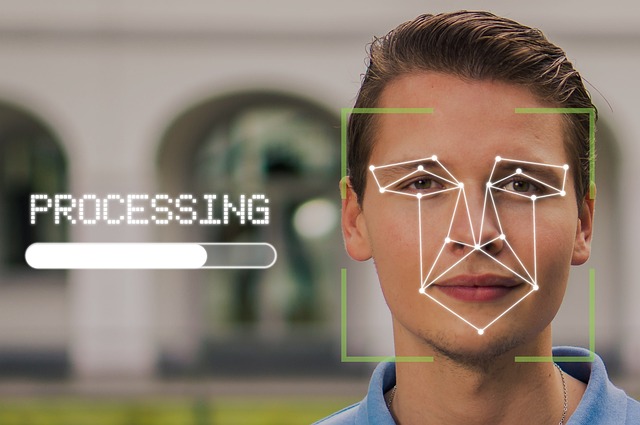The Evolution of Risk-Based Authentication in IT Security: A Comprehensive Guide
In today’s digital landscape, where cybersecurity threats loom large, risk-based authentication (RBA) has emerged as a beacon of hope for IT security professionals. This evolutionary approach to authentication recognizes that not all user actions are created equal—and neither should the security protocols that govern them.
Understanding Risk-Based Authentication
At its core, risk-based authentication is designed to provide a more nuanced way of verifying user identities. Traditional authentication methods often involve a one-size-fits-all approach, such as static passwords. RBA, on the other hand, dynamically assesses the risk associated with a specific login attempt and adjusts the authentication requirements accordingly.
The Shift from Traditional Authentication
As cyber threats have become increasingly sophisticated, so too have the methods used to counter them. Early authentication methods primarily relied on passwords, which are often weak and easily compromised. The introduction of RBA marks a pivotal shift in thinking about IT security.
With RBA, organizations can take advantage of various contextual factors, such as geographical location, device used, time of access, and even user behavior patterns. This layered approach addresses potential vulnerabilities in real-time, offering an adaptive security framework.
Key Components of Risk-Based Authentication
Understanding the components that drive RBA can illuminate its effectiveness:
- User Behavior Analytics: By analyzing past behaviors, organizations can set baseline profiles for users. Anomalies in behavior can trigger additional security measures.
- Contextual Factors: Factors such as the location of the login request, device reputation, and session history play essential roles in determining the risk level of a transaction.
- Adaptive Security Measures: Depending on the risk assessment, RBA can automatically increase security requirements for high-risk situations—such as requiring multi-factor authentication (MFA)—while allowing low-risk logins to proceed with minimal disruption.
The Role of Machine Learning
As organizations continue to adopt risk-based authentication, machine learning technologies are becoming invaluable allies. These systems can analyze vast amounts of data to identify patterns and anomalies, enabling organizations to react swiftly to emerging threats. Machine learning algorithms can refine user profiles and continually adjust risk scoring, ensuring that security protocols remain effective in an ever-changing cyber environment.
The Future of Risk-Based Authentication
Looking ahead, the future of risk-based authentication is promising. As technologies advance, we can expect more seamless and user-friendly implementations that effectively balance security with user experience. With privacy laws becoming increasingly stringent, organizations will be challenged to enhance security measures while also respecting user privacy.
Risk-based authentication is not just a trend; it represents a fundamental shift in how we think about security. As IT evolves, embracing adaptive security strategies like RBA will be crucial in safeguarding sensitive information from cyber threats.
In conclusion, as threats continue to evolve, so too must our approach to authentication and security. The dynamic nature of risk-based authentication not only aligns with modern IT demands but also provides organizations with the flexibility needed to protect their infrastructures effectively.

